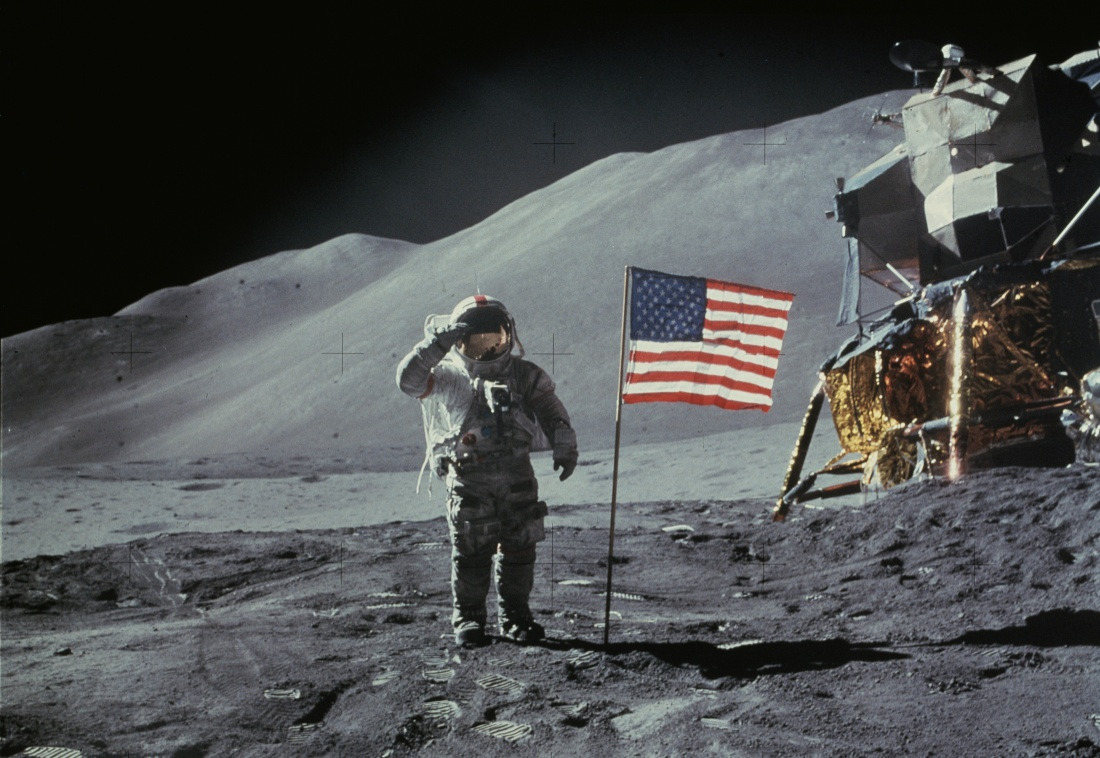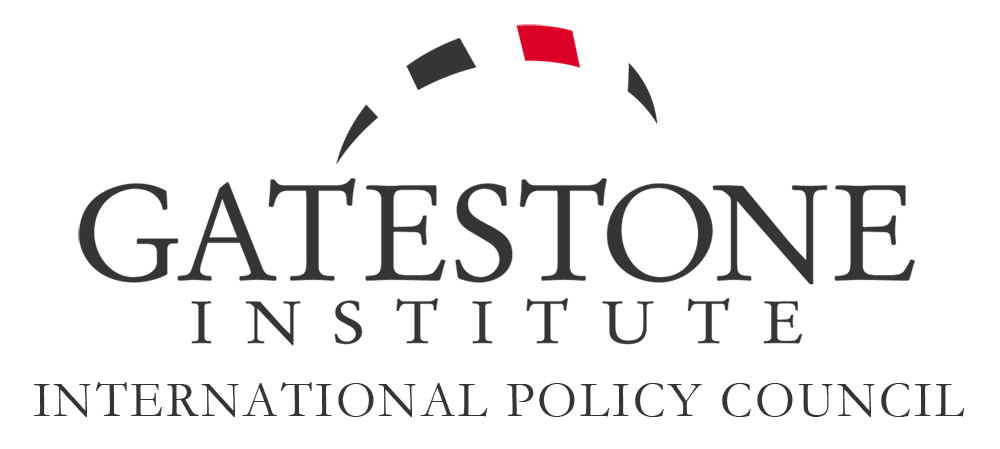
The last visitors from the planet Earth departed the Moon in December of 1972.
No one has returned to that distant destination, and yet there is now a Moon-mining startup that has signed contracts to excavate and return to Earth thousands of liters of an element called helium-3 that sits just beneath the lunar surface, starting in the year 2029.
The company, Interlune, has entered into an agreement to provide this rare and expensive resource to Maybell Quantum, a company whose CEO Corban Tillemann-Dick "wants to use Interlune's helium-3 for his company's special refrigerators that cool quantum devices to near-absolute zero temperatures." Technicians say helium-3 has amazing properties, among them, the ability to supply incredibly efficient cooling to ultra-low temperatures.
Helium-3's use is not confined to cooling quantum computers to near-absolute zero. It has a far more important role to play, and it is no wonder a company is prepared to invest untold hundreds of millions of dollars to mine it from the Moon's surface.
Helium-3 is an element that nuclear fusion researchers believe is a potential fuel for the creation of unlimited energy that would power the rest of this century and beyond. Accordingly, the role of helium-3 is now considered a national security priority; but while it can be found on the Earth, it is quite rare. Researchers say it can be found far more easily some 238,900 miles away in what is described as the Moon's regolith. That reality might very well explain why the Trump Administration is seeking to return Americans to the lunar surface before the Chinese accomplish their first manned landing by the end of this decade. Doing so might well establish who has lunar mining rights and create precedents for extraterrestrial law.
The issue of mining on the Moon might once have been the stuff of science fiction, but Interlune has already designed a helium-3 harvester that would scoop up lunar soil, extract helium-3, and prepare it for shipment back to the Earth. In addition, they have commercial competition. A rival Moon-mining company, Magna Petra, has announced it has an agreement with NASA to use the space agency's technology to prospect for helium-3 on the moon.
The importance of fusion energy cannot be overstated. The idea that two companies are now competing to prospect, mine and return to Earth an element that could accelerate the ability to harness fusion speaks to its strategic importance to America's future and those who would seek global preeminence in our 21st century. The question now is national will, Washington's commitment to return to the Moon, and a recognition that the space race of the 1960s is on again with a new and potent adversary, Communist China, capable of seizing the future of nuclear fusion energy and well on the way to doing exactly that.
Lawrence Kadish serves on the Board of Governors of Gatestone Institute.


